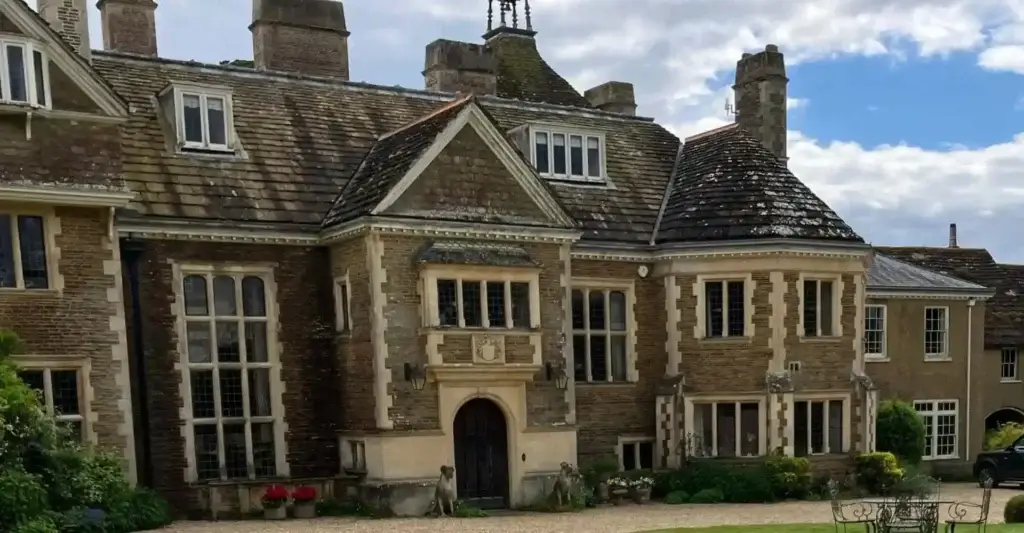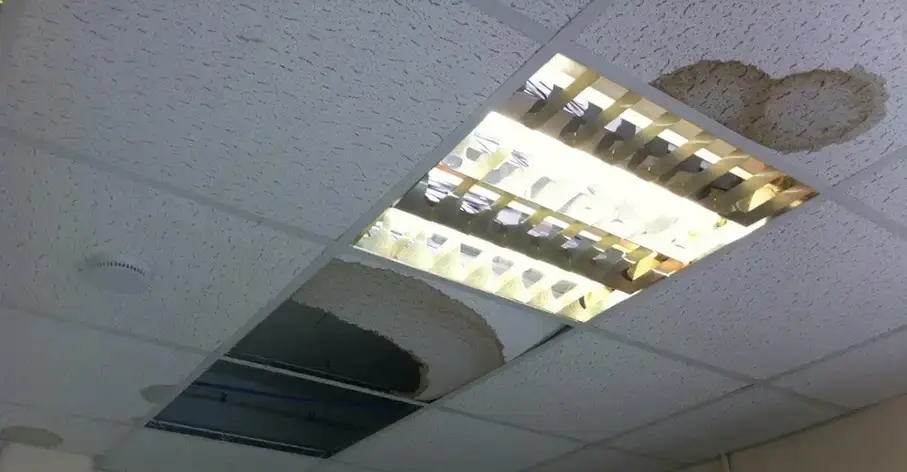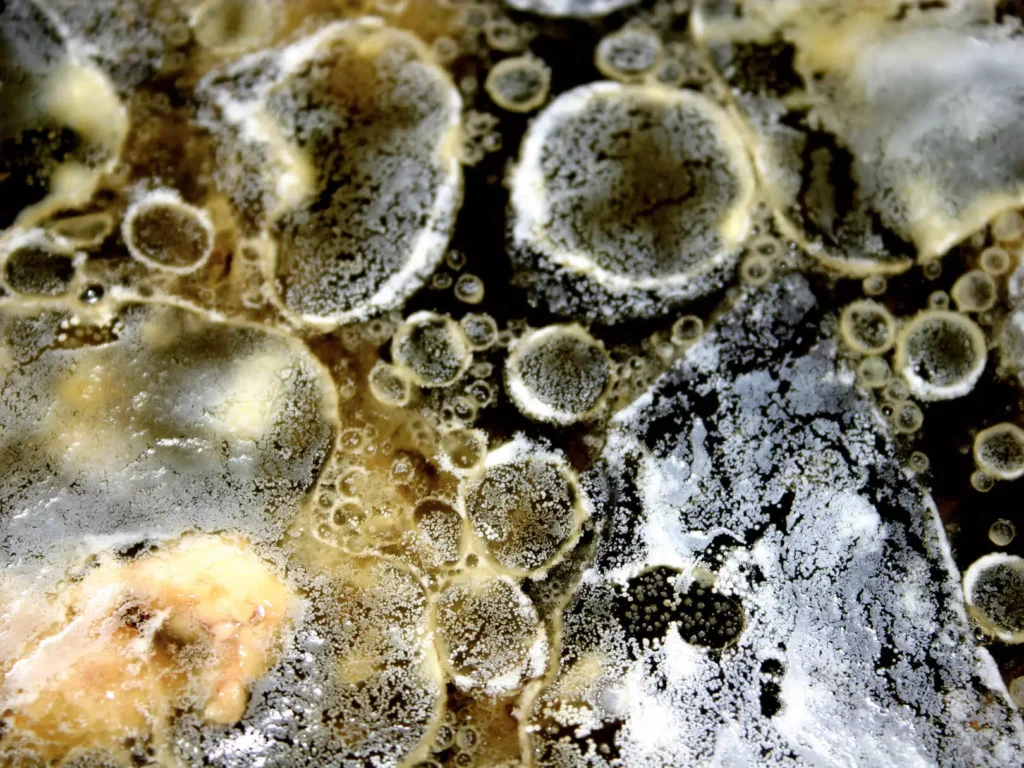The Problem
A landlord managing a six-bedroom HMO property in Hove contacted us about persistent mould issues in three ground-floor bedrooms. Despite the property being fully refurbished, black mould growth was affecting the ensuite bedrooms, posing risks to tenant health and property value.
Key Issues Identified:
- High Moisture Levels: Air sampling revealed elevated indoor mould spore counts compared to the outside, particularly in bedrooms one and three. Moisture readings confirmed trapped moisture in the walls and building fabric.
- Ventilation Deficiencies: Non-operational extractor fans, sealed windows without trickle vents, and obstructed airflow contributed to the moisture problem.
- Structural Concerns: External remedial work on the side wall may have inadvertently trapped moisture, allowing damp to rise into internal walls.
Industry Insight:
Studies in the UK suggest that over 50% of HMO properties experience mould issues due to poor ventilation and moisture control. Left untreated, mould can reduce property value by up to 10% and lead to health complaints such as respiratory issues.
The Solution
Our approach combined thorough mould decontamination, moisture management, and ventilation enhancements to prevent recurrence.
Step 1: Air Sampling and Diagnosis
- Conducted air sampling in affected rooms, the hallway, and outdoors for comparison.
- Verified that indoor mould spore counts were above acceptable levels.
Step 2: Cleaning and Decontamination
- Surface Treatment: Affected surfaces were cleaned manually using specialised mould remediation products.
- Fogging: Ultra-Low Volume (ULV) fogging eradicated airborne mould spores, improving air quality and reducing health risks.
Step 3: Moisture Management
- Dehumidifiers were deployed for targeted drying in bedrooms one and three, focusing on high-moisture areas.
- Localised “tenting” ensured concentrated drying of affected walls.
- The drying process aimed to reduce relative humidity from 63.6% to a safe range of 40-50%.
Step 4: Ventilation and Structural Adjustments
- Fan Repairs: Non-functional extractor fans in ensuites were repaired or replaced, ensuring proper moisture extraction.
- Ventilation Improvements: Recommended installation of trickle vents in windows to promote natural airflow.
- Structural Repairs: Identified potential damp ingress from external walls and suggested sealing cracks and improving drainage near rainwater outlets.
The Result
After two weeks of targeted drying and decontamination, the HMO property was restored to a safe and habitable condition for tenants.
Outcomes:
- Eliminated Mould: Thorough surface cleaning and fogging reduced airborne spore counts to acceptable levels, as confirmed by follow-up air sampling.
- Improved Ventilation: Repairs to extractor fans and ventilation enhancements addressed the root causes of moisture build-up.
- Moisture Control Achieved: Relative humidity was brought within the optimal range of 40-50%, reducing the likelihood of future mould growth.
- Enhanced Tenant Safety: The comprehensive remediation ensured a healthy living environment, protecting tenant health and the landlord’s investment.
Client Benefits:
- Restored tenant confidence with a clean, safe property
- Minimised long-term maintenance costs associated with recurring mould issues
- Compliance with UK rental property health and safety standards
If you’re facing mould issues in your HMO property, contact us today for a free consultation. Let us help you protect your investment and create a healthier living space.





















